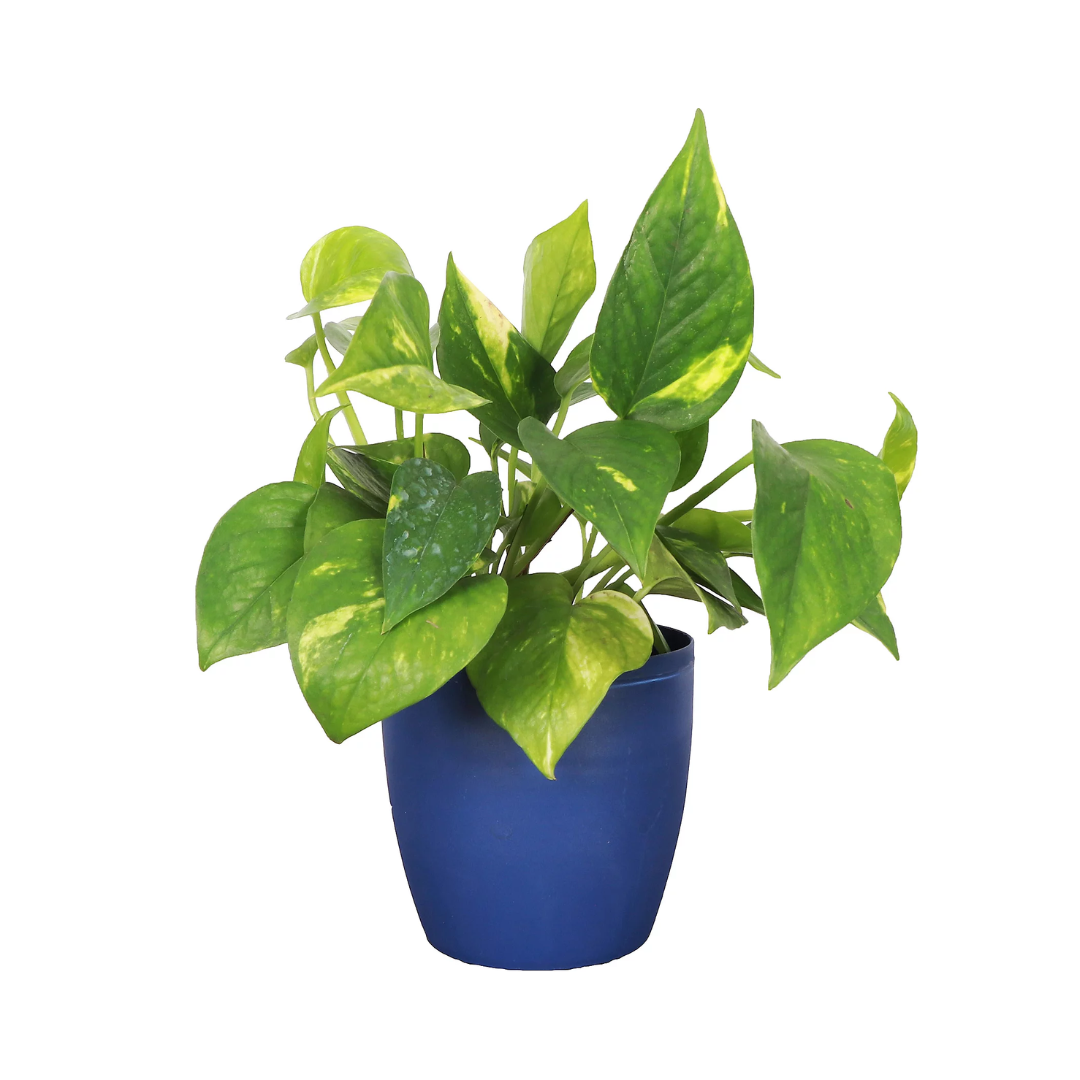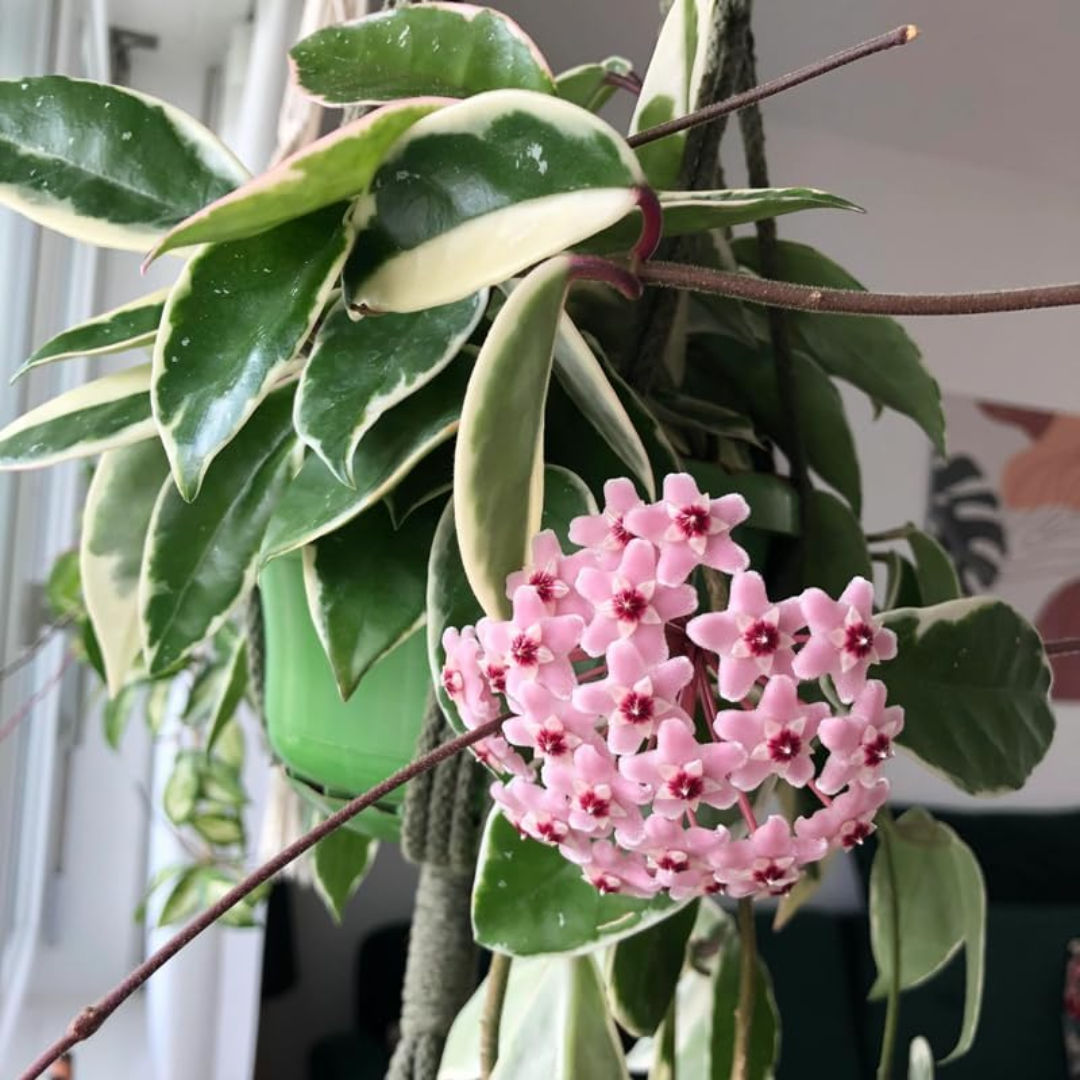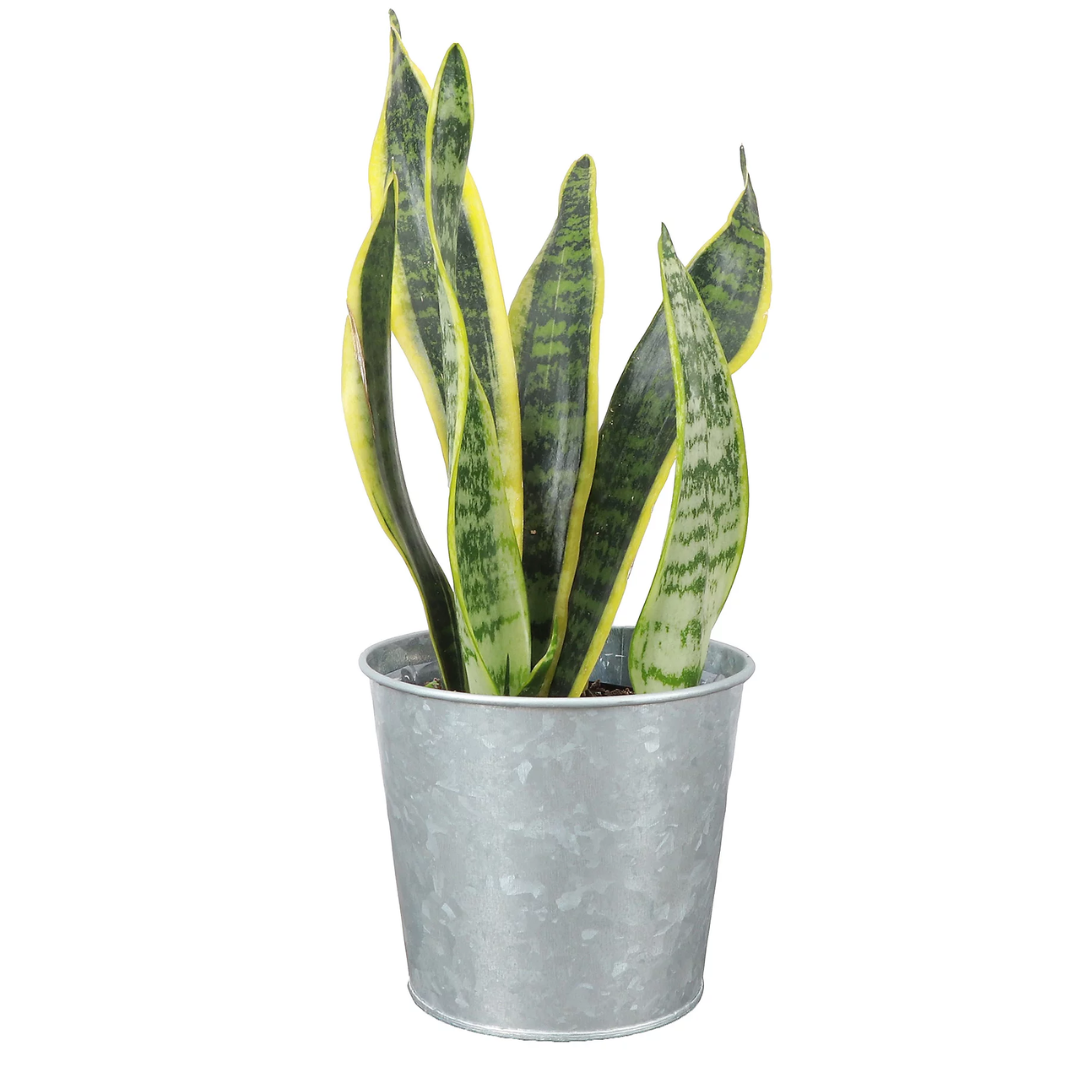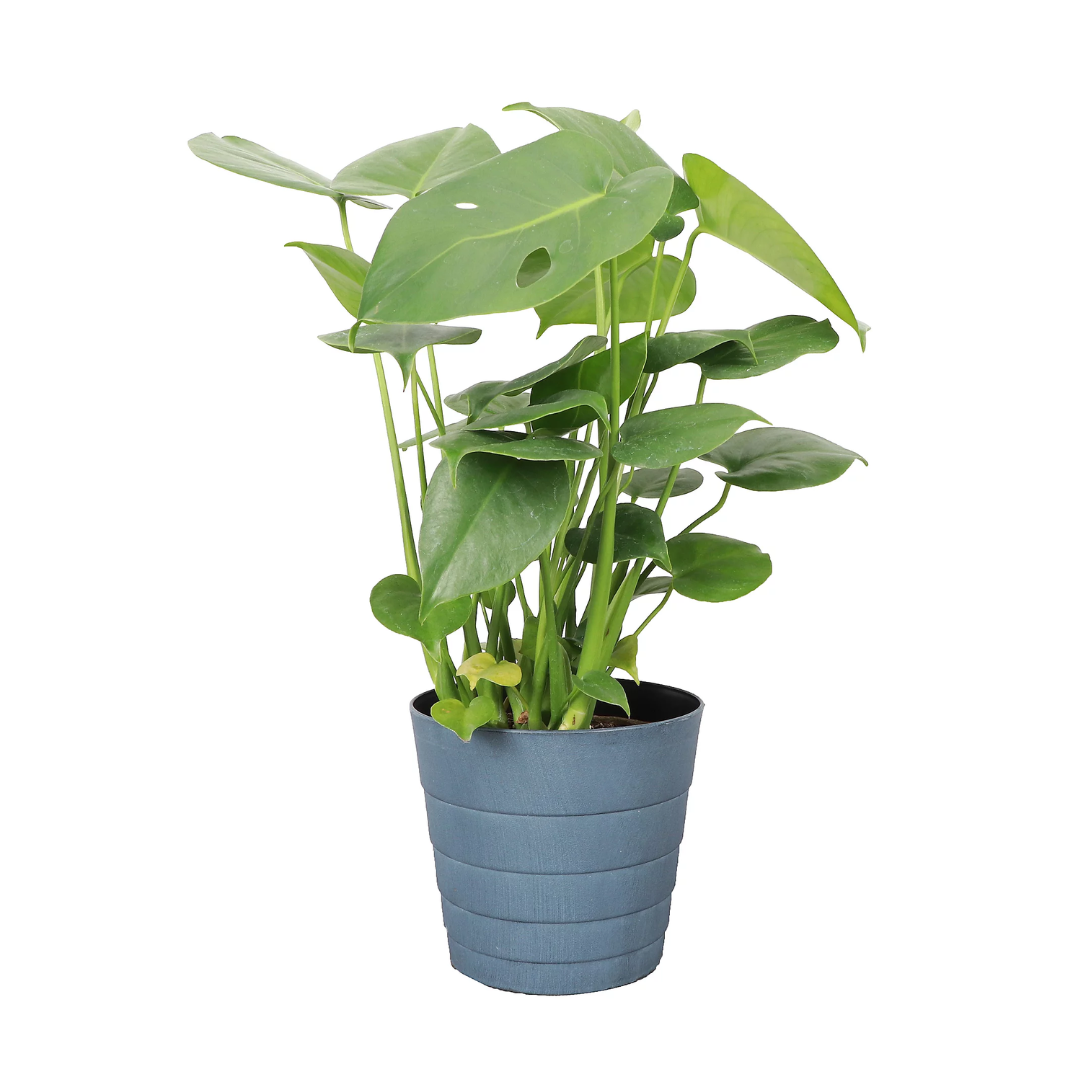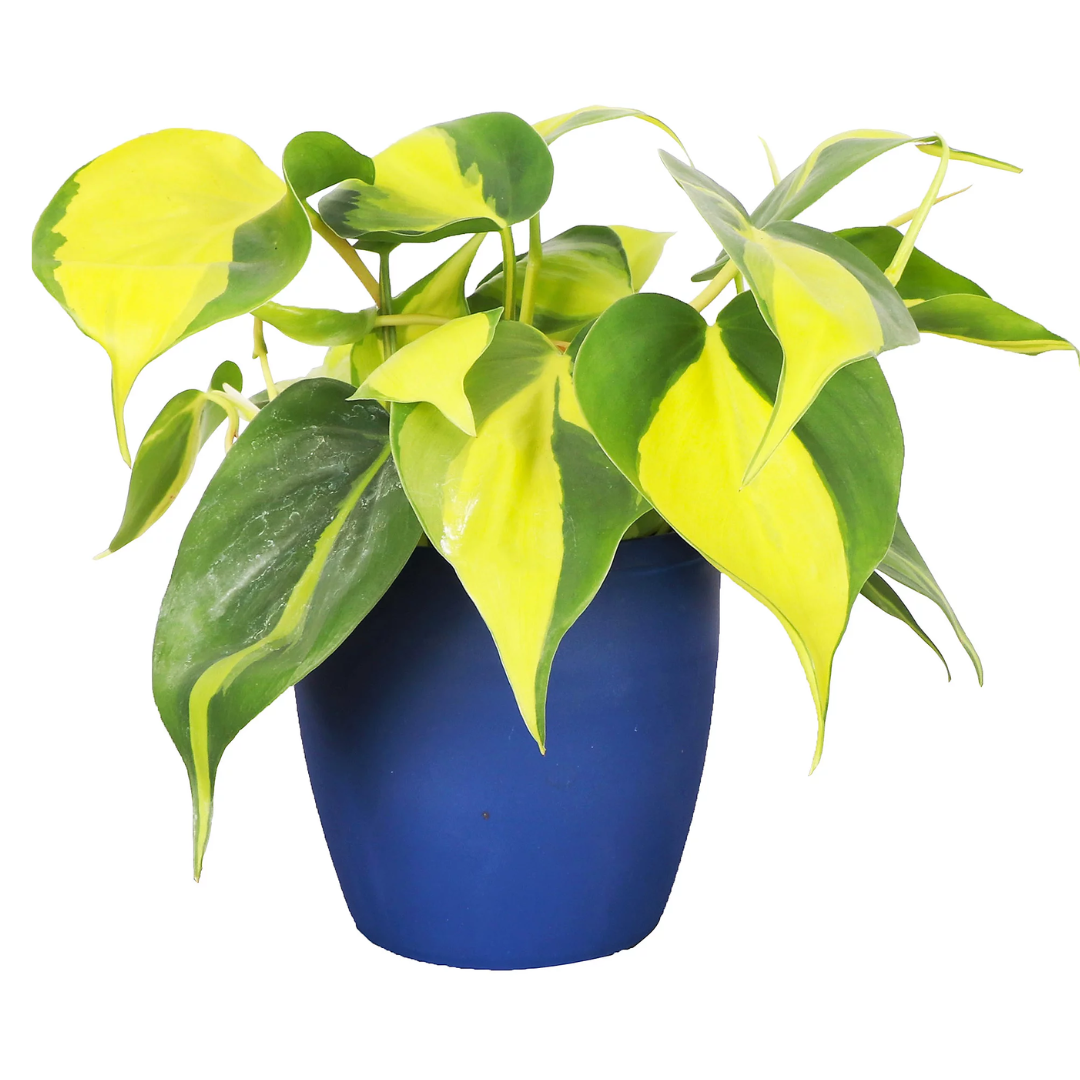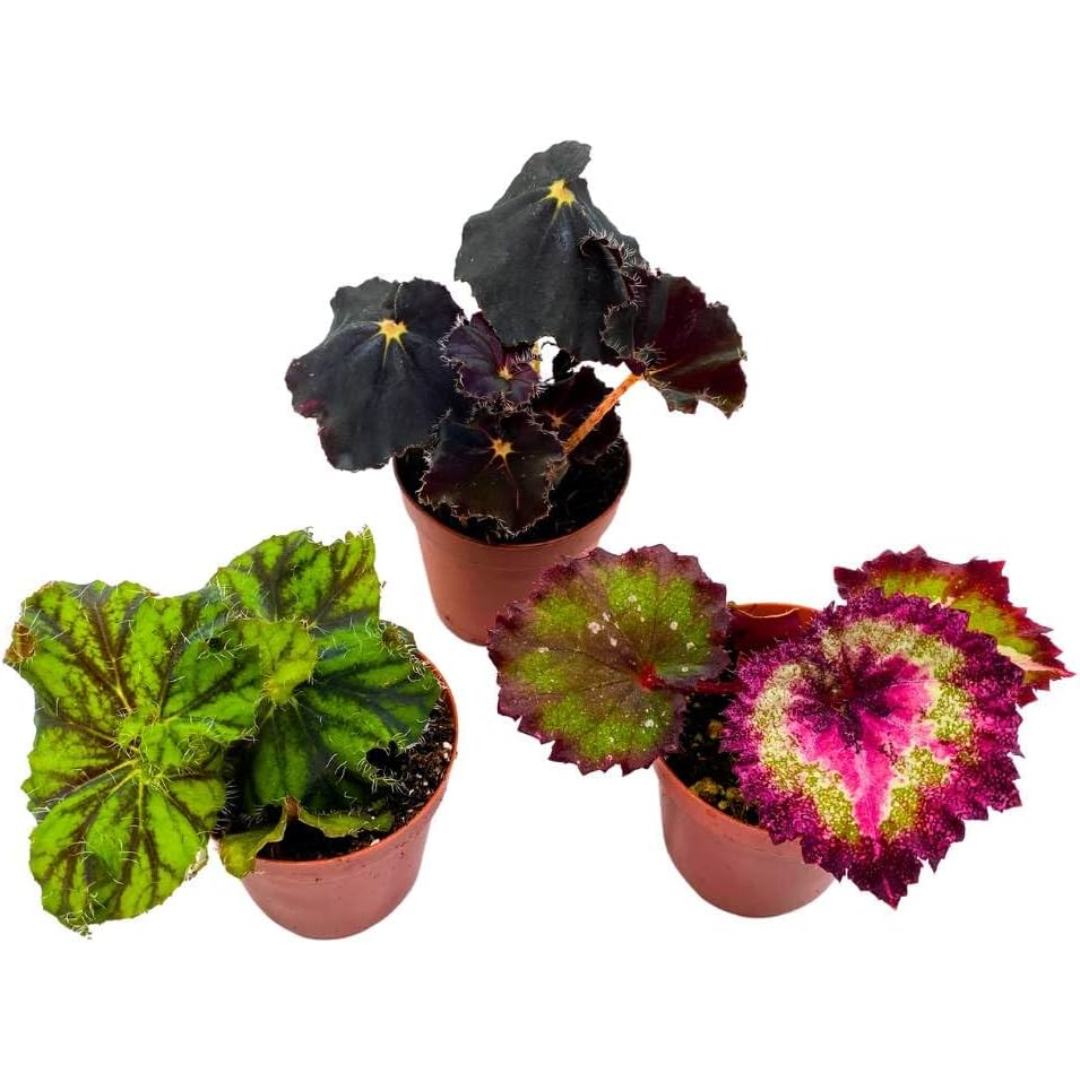6 Plants to Propagate in December for Gorgeous Greenery — Start Now for Fabulous Foliage Next Year
It's so easy to multiply plants to gift, swap, or grow your indoor garden with these expert tips
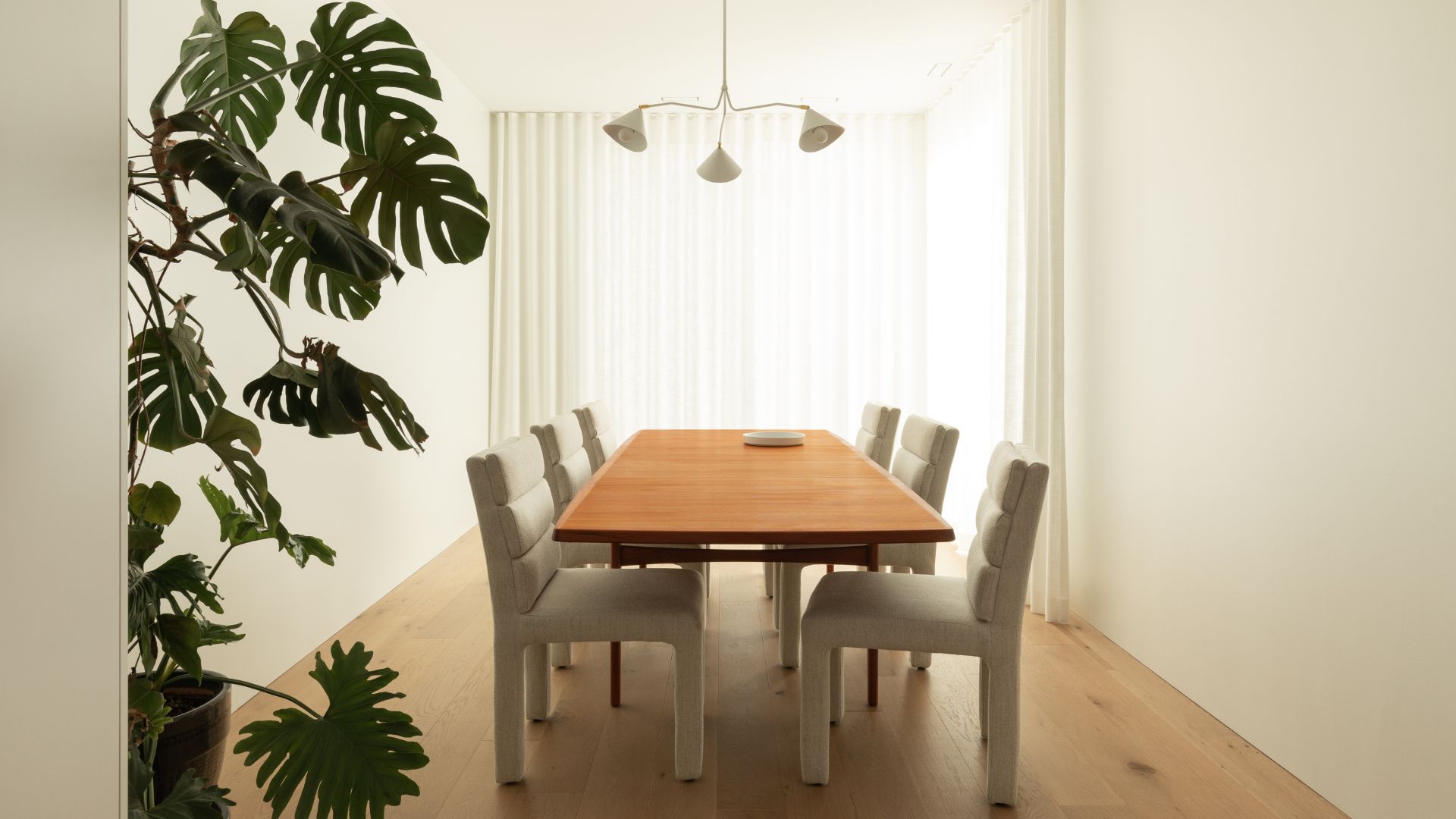
Propagating plants and swapping them with family, friends and neighbours is an easy and inexpensive way to increase your collection. It's actually good for us too.
Not only is tending to plants calming and meditative, getting our hands in soil is grounding and beneficial to our gut microbiome. Although in nature, winter is a time of dormancy, there are numerous popular houseplants that can be propagated now.
If you're feeling frazzled by the holiday to-do list–and propagating plants is the last thing on your mind–consider gifting them for Christmas. It's the gift that keeps on giving and you'll reap the benefits too.
We've asked experts, which are the best plants to propagate in December, so you can easily choose which to reproduce.
6 plants to propagate in December
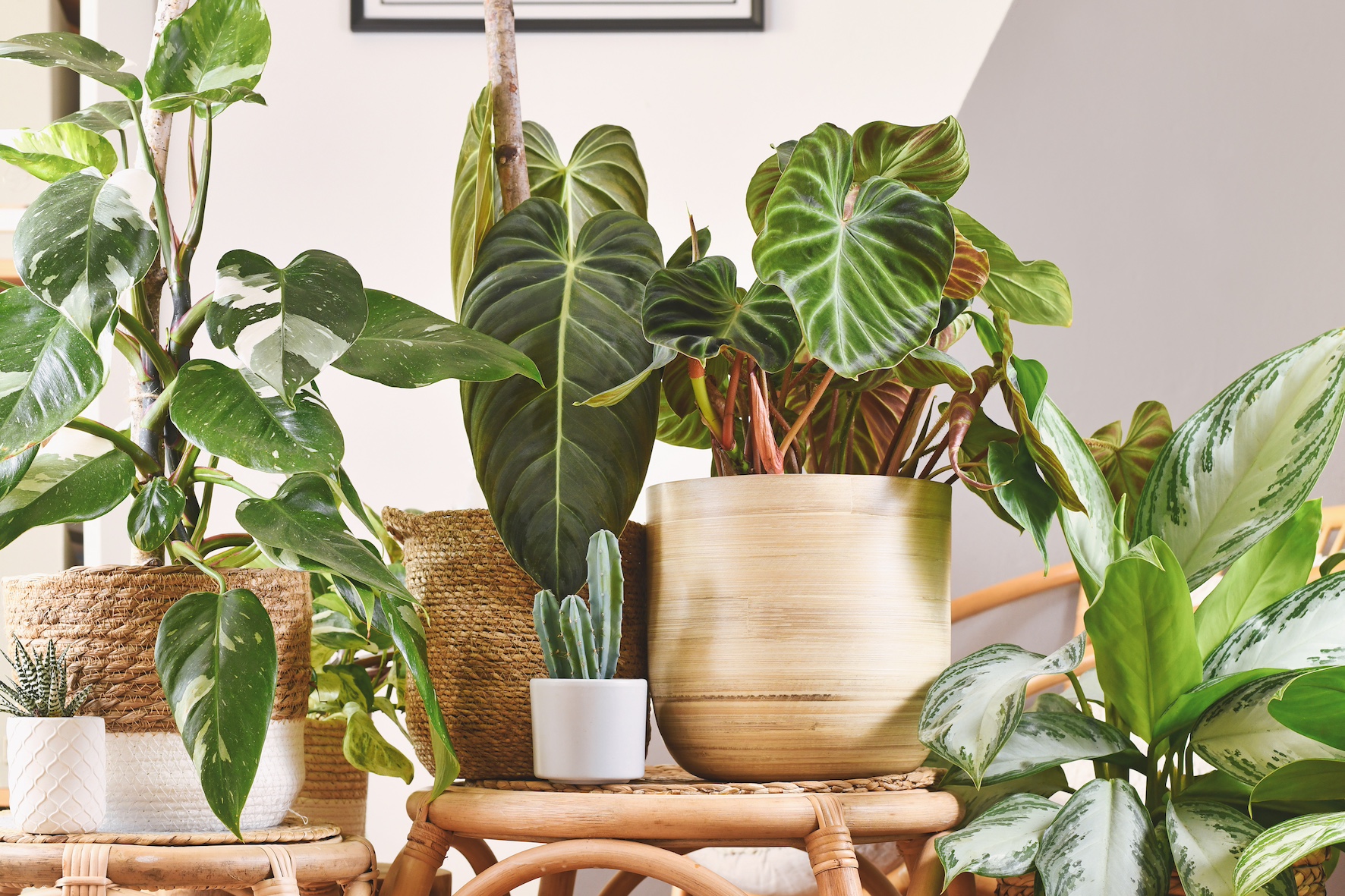
If you have an indoor garden, and you've not propagated plants before, try one of the plants on this list. If you don't already own one of them, experiment with one of your low-maintenance plants instead.
Hilton Carter, plant expert and author, The Propagation Handbook, is unsurprisingly, a huge fan of propagating plants and gifting them. "What I love most about propagating is that you’re able to share a passion for plants with the ones you love," says Hilton. "Many of us find our way into plant parenting through propagation. That first plant, known as the 'mother plant', finds its way from home to home, and more importantly, from heart to heart."
Lindsay Sisti, founder, All the Plant Babies and author, The Ultimate Guide to Houseplant Propagation explains why it's possible to propagate plants now. "While in the northern hemisphere December is one of the darkest and coldest months of the year, you could technically propagate any houseplant, if their indoor conditions are suitable.
"The beauty of houseplants and propagating indoors is that you get to control their climate," continues Lindsay. "Extra warmth, light and humidity will increase your propagation success all year round, but during the month of December, it will help tremendously. However, there are some plants that are so resilient that they can be propagated in the middle of winter without extra environmental support."
1. Pothos (Devil's Ivy)

Pothos (or Devil's ivy, as it's sometimes called), is one of the easiest and fastest plants to grow indoors, due to its robustness and rapid growth habit. These attributes also make it easy to propagate successfully in December. Start now and you'll soon have new plants to share with others or to add to your indoor garden.
"This plant can survive the darkest of days (as well as office spaces under florescent lights)," says Lindsay. "It truly wants to survive; it will also propagate easily, under less-than-ideal conditions.
"Simply take cuttings of your plant by cutting along the vines on the internodes (the green spaces of stem between the nodes) and stick the cut pieces, bottom down into a fresh glass of water. Place it in a bright window and wait a month or so for roots to form. Your cuttings will be ready to pot up once the roots are 1.5-2 inches long."
"It was propagating a small stem of a golden pothos (Epipremnum aureum) that first opened my heart and mind to the beauty of plant parenting and lit the spark within that led me to share my passion for plants with so many others," says Hilton.
"I can still remember the feeling I had when I first saw roots developing from that pothos—it was a “wow” moment. I truly believe that I wouldn’t be where I am today, not just as a plant stylist and plant parent, but even as a husband, father, son, or friend, if it wasn’t for the process of learning to care for plants."
2. Hoya carnosa

Hoya plant care isn't difficult, as long as this tropical climbing vine has the right conditions, such as bright, indirect light, well-draining soil and modest humidity. It will propagate well indoors too, but be patient, as flowers may not appear until the plant is mature.
"While hoyas are native to warmer rainforest-like climates, most species will adapt well to, and propagate in, the average home environment with ambient humidity levels," says Lindsay. "Whether it’s the middle of summer or the dead of winter, a hoya will still push out new roots along its stem when placed in a jar of water and provided with enough light."
Lindsay continues: "Hoya water propagation is truly as simple as cutting the stem just above a node and submerging the stem in a jar of water until it grows roots. The use of rooting hormone gel or powder will help to speed things up, especially during the winter months. Once the roots are 1.5-2 inches long, you can pot up your new plants."
"Because there are so many nodes along a hoya vine, you can cut wherever you please," says Hilton. "Once placed in an appropriate rooting medium, any node that is submerged will start to produce roots in 2-4 weeks."
3. Snake plant (Sansevieria)
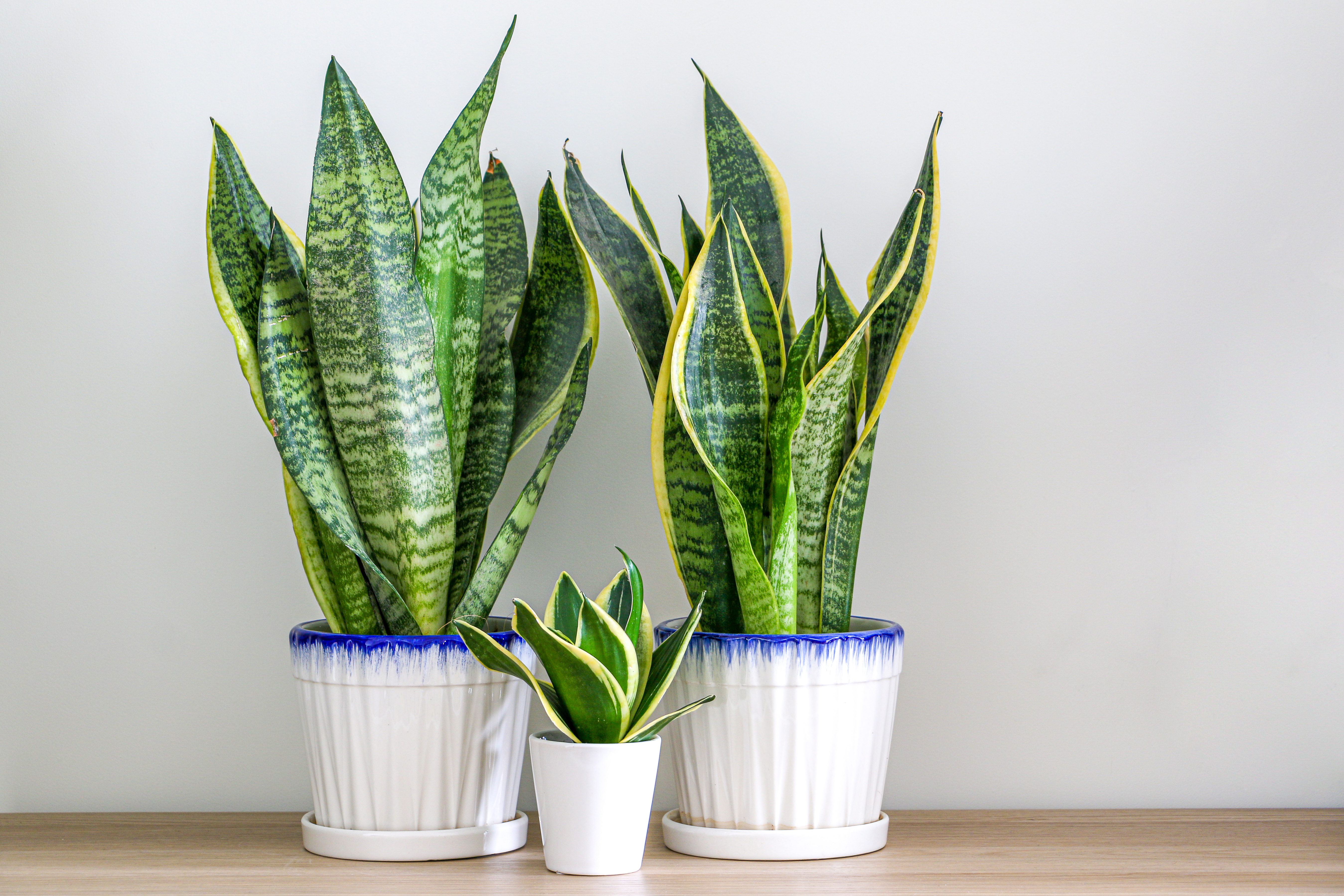
Often appearing on best houseplants for beginners lists, the Snake plant is not only easy to care for, it's also simple to duplicate. The method is different from others in this list, as this is not one of the best plants to propagate in water. These cuttings will need to be planted in soil and the usual snake plant care followed.
"While this hardy plant will grow faster during the warm and sunny months, it also makes for an excellent December propagation project," says Lindsay. "The fastest way to make more snake plant babies is to separate a mature plant, through the process of division."
First, Lindsay says you should "remove the entire plant from the pot and gently tease away just enough of the potting mix from the root ball so that you can get a better view of the root zone and the rhizomes (the underground stems) beneath the soil, which connect the plantlets above."
Next, "with a sterilized knife, gently slice the rhizomes in half, separating the plants apart from one another. If your snake plant produced pups, this is an excellent opportunity to separate them as well. Pot up each individual plant into its own container. Each pot should be no wider than 1-2 inches in diameter than the root ball of each plant. Then you have the cutest holiday gifts that anyone could ask for," adds Lindsay.
4. Monstera
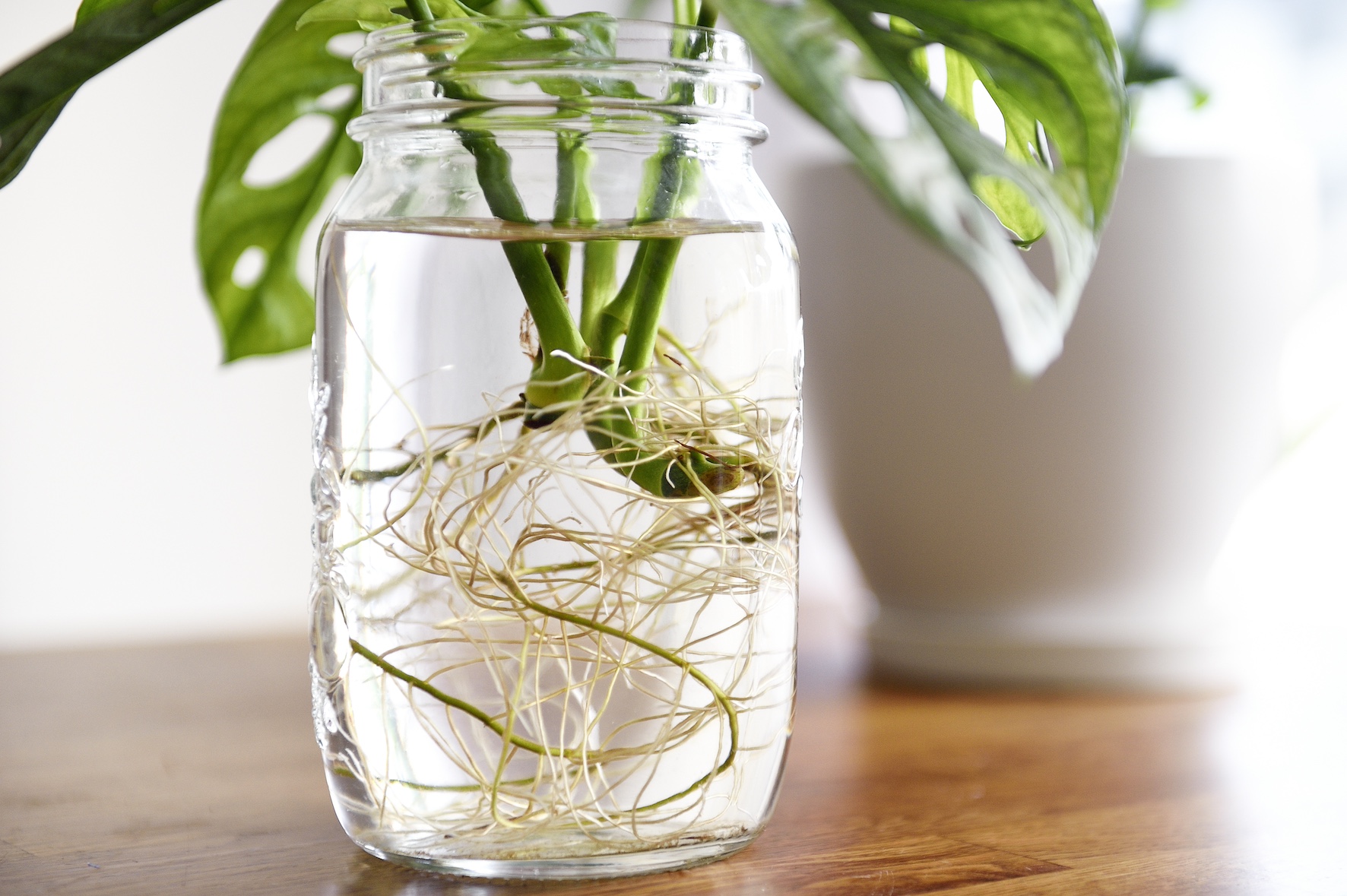
The various types of Monstera plants can be propagated in December, particularly if you want to increase their number for next year. Monstera are also among the best plants to propagate in water too. Within a few weeks, your cutting will have roots and can be planted in its own pot. Alternatively take, a couple of cuttings and pot them together for a fuller plant.
"In winter, I opt for houseplants that are generally easiest to propagate all year around, to ensure rooting success," says Samantha Adler, founder, Houseplant Concierge.
"Monstera is one of my preferred options. When taking a Monstera cutting, make sure you cut with a node (a spot where multiple stems have gathered and grown from)," explains Samantha. "Cut about half an inch below a node and stick it into some water. December is a nice time to propagate these because once they are rooted, they will be ready for spring growing season."
Hilton tells us: "Before you attempt to operate on your plant friend, it's important to understand exactly where to make the cut." While you may have luck developing roots from any cutting you take, your best shot of success, will be to identify a healthy part of the plant that is showing new growth and take a cutting from there.
"If you choose a leaf that has many attractive holes and splits, the new growth from that cutting, when given the right light and cared for properly, will resemble that of the initial leaf. If, on the other hand, you took a cutting from the same plant with no holes or splits, the new growth might develop similar holes and splits over time, but not as quickly as if you had chosen a cutting that already has them. Put simply, cut what you want to create."
5. Philodendron

Most climbing vines are easy to propagate, the Philodendron family included. There are so many to choose from too. The Heartleaf philodendron is one of the best houseplants for beginners. However, some of the best philodendron plants are rare cultivars, with unusual leaf shapes and color variegations. Hilton Carter's favorite Philodendron to propagate is the 'Painted Lady'.
"One of the reasons that Philodendron ‘Painted Lady’ is among my favorite plants to propagate is simply because of how easy it is," says Hilton. "This in turn makes it easier for me to share. The deciding factor is the number of nodes that grow below each leaf growth. While many vining plants will produce a single node below a leaf growth, the ‘Painted Lady’ may have two, three, or even four. These extra nodes make the chances of developing roots much higher. After you've made the cut, submerge the cutting in water. Root development should take place in 1–3 weeks.
"When cuttings are developing roots in water, the water can become a little murky, growing algae and bacteria over time. To avoid this, refresh your vessels with clean water once a week," continues Hilton.
"Not only should you provide your cutting with clean water but clean out the vessel too. A simple rinse with warm water and mild dish soap will do the trick. When propagating in test tubes, I use a small dish brush or bottle brush to remove any grime in the base of the tube."
6. Rex begonia vine (Cissus Discolor)

Rex Begonias are having their moment in the sun. There are numerous varieties of these popular houseplants and it's the spectrum of spectacular leaf colors, textures and variegations that are prompting the devotion. Cissus discolor is the vine version of the Begonia Rex Cultorum Group and one which Hilton likes to propagate.
"While there are plenty of Rex begonias that you could choose to propagate, Cissus discolor is by far one of my favorites," says Hilton.
"It's also one of the more interesting vining plants to style as a cutting. While its unusual colors and texture will probably be the first qualities that jump out at you, I also love how the vines cascade down a vessel when rooting in water. And as is the case with many vining plants, your chances of seeing your Cissus discolor cutting develop roots are extremely high."
Root development should take place between 1–3 weeks, according to Hilton. He adds: "When ready to pot, place it in a potting mix that retains some moisture. Give it bright, indirect light and keep the soil moist but not wet. Never let the soil dry out and mist every few days."
FAQs
What month is best to propagate plants?
When the days are shorter and darker, plant propagation is possible, but it's not necessarily optimal. "The best time of year to propagate is any time between spring and summer," says Hilton Carter.
"It’s when most plants are actively growing and pushing out new life into the world. That’s why they call this time of year 'grow season'. However, regardless of the season, if your plants are actively growing, you can successfully propagate them."
Hilton continues: "When you take cuttings, it can help to encourage new growth on the mother plant. You’re not only taking a piece of the plant to create more, but you’re encouraging the mother plant to grow larger. This is the process used to encourage a tree to branch out."
It may take a little longer for plants to root in December. However, as already outlined, with the warmth and artificial light in our homes, many houseplants can be propagated throughout the year.
Be The First To Know
The Livingetc newsletters are your inside source for what’s shaping interiors now - and what’s next. Discover trend forecasts, smart style ideas, and curated shopping inspiration that brings design to life. Subscribe today and stay ahead of the curve.
Jacky Parker is a London-based freelance journalist and content creator, specialising in interiors, travel and food. From buying guides and real home case studies to shopping and news pages, she produces a wide range of features for national magazines and SEO content for websites
A long-time contributor to Livingetc, as a member of the team, she regularly reports on the latest trends, speaking to experts and discovering the latest tips. Jacky has also written for other publications such as Homes and Gardens, Ideal Home, Red, Grand Designs, Sunday Times Style and AD, Country Homes and Interiors and ELLE Decoration.
-
 7 Budgeting Mistakes to Avoid When Planning Your Kitchen Extension
7 Budgeting Mistakes to Avoid When Planning Your Kitchen ExtensionDesigning a kitchen extension on a strict budget requires you to work smarter, not harder. Avoiding these slip ups is the first step to success.
By Maya Glantz Published
-
 5 Unexpected but Seriously Stylish Spring Color Palettes to Shake Up the Season — "It's Pastel, but Punchy"
5 Unexpected but Seriously Stylish Spring Color Palettes to Shake Up the Season — "It's Pastel, but Punchy"Spring color palettes are notorious for their use of pretty pastels, but that doesn't mean they have to lack variation
By Olivia Wolfe Published
-
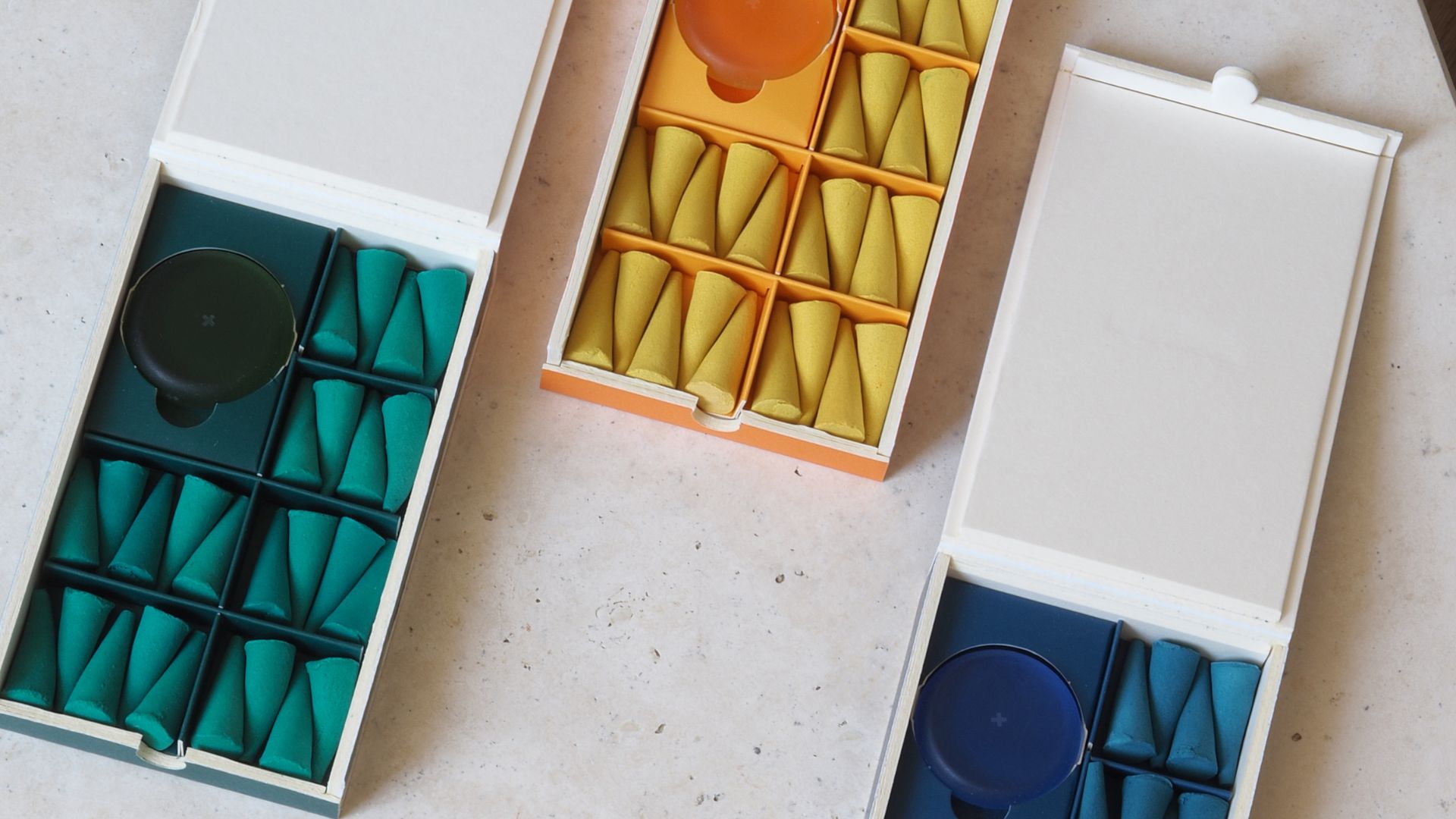 These 'Scenting Droplets' Might Be the Coolest (and Most Stylish) Way to Make Your Home Smell Amazing
These 'Scenting Droplets' Might Be the Coolest (and Most Stylish) Way to Make Your Home Smell AmazingIf you're looking to switch out your incense sticks for something more fun, then you should know about Ripple+'s incense droplets. Let me introduce you.
By Amiya Baratan Published
-
 The Japanese Principle of Iki (粋) Is All About 'Refined Elegance' — Here's How to Embrace It in Your Home
The Japanese Principle of Iki (粋) Is All About 'Refined Elegance' — Here's How to Embrace It in Your HomeIf your interior vibe is all about refined elegance and opulent minimalism, you need to know about the Japanese principle of 'Iki'. Here's how to bring it home.
By Amiya Baratan Published
-
 What Can I Choose Instead of Brass Taps? 4 Finishes That Are Emerging in 2025's Kitchens and Bathrooms
What Can I Choose Instead of Brass Taps? 4 Finishes That Are Emerging in 2025's Kitchens and BathroomsIf you want to try something a little different for your kitchen or bathroom finishes, these are the trending styles in taps beyond classic brass
By Seraphina Kyprios Published
-
 Kris Jenner’s 'All-Green' Glass Fridge Is My Organization Inspo of the Week — Here Are 5 Smart Storage Takeaways I'll Be Adopting
Kris Jenner’s 'All-Green' Glass Fridge Is My Organization Inspo of the Week — Here Are 5 Smart Storage Takeaways I'll Be AdoptingIf you're looking for fridgescaping inspiration, you might not think to look to Kris. But her all-green fridge says otherwise. Here are five tips we've learnt.
By Amiya Baratan Published
-
 8 Tranquil Water Garden Ideas That Look Beautiful and Train Your Ear Away From Noisy Outdoor Distractions
8 Tranquil Water Garden Ideas That Look Beautiful and Train Your Ear Away From Noisy Outdoor DistractionsIf you enjoy spending time outdoors and are looking for ways to elevate your backyard's ambiance, here are 88 water garden ideas that are sure to inspire.
By Amiya Baratan Published
-
 8 Ways to Make Your Home Smell Like Spring — The Tips, and Scents, That Feel Fresh on the Nose for the New Season
8 Ways to Make Your Home Smell Like Spring — The Tips, and Scents, That Feel Fresh on the Nose for the New SeasonDon't get caught lacking with wintery home fragrance now that spring has sprung
By Amiya Baratan Published
-
 7 Bathroom Organizers That Will Change the Flow of Your Space — And Also Help You Cull Clutter
7 Bathroom Organizers That Will Change the Flow of Your Space — And Also Help You Cull ClutterKeep all your bathroom essentials contained and ditch the clutter for good with these smart ideas
By Seraphina Kyprios Published
-
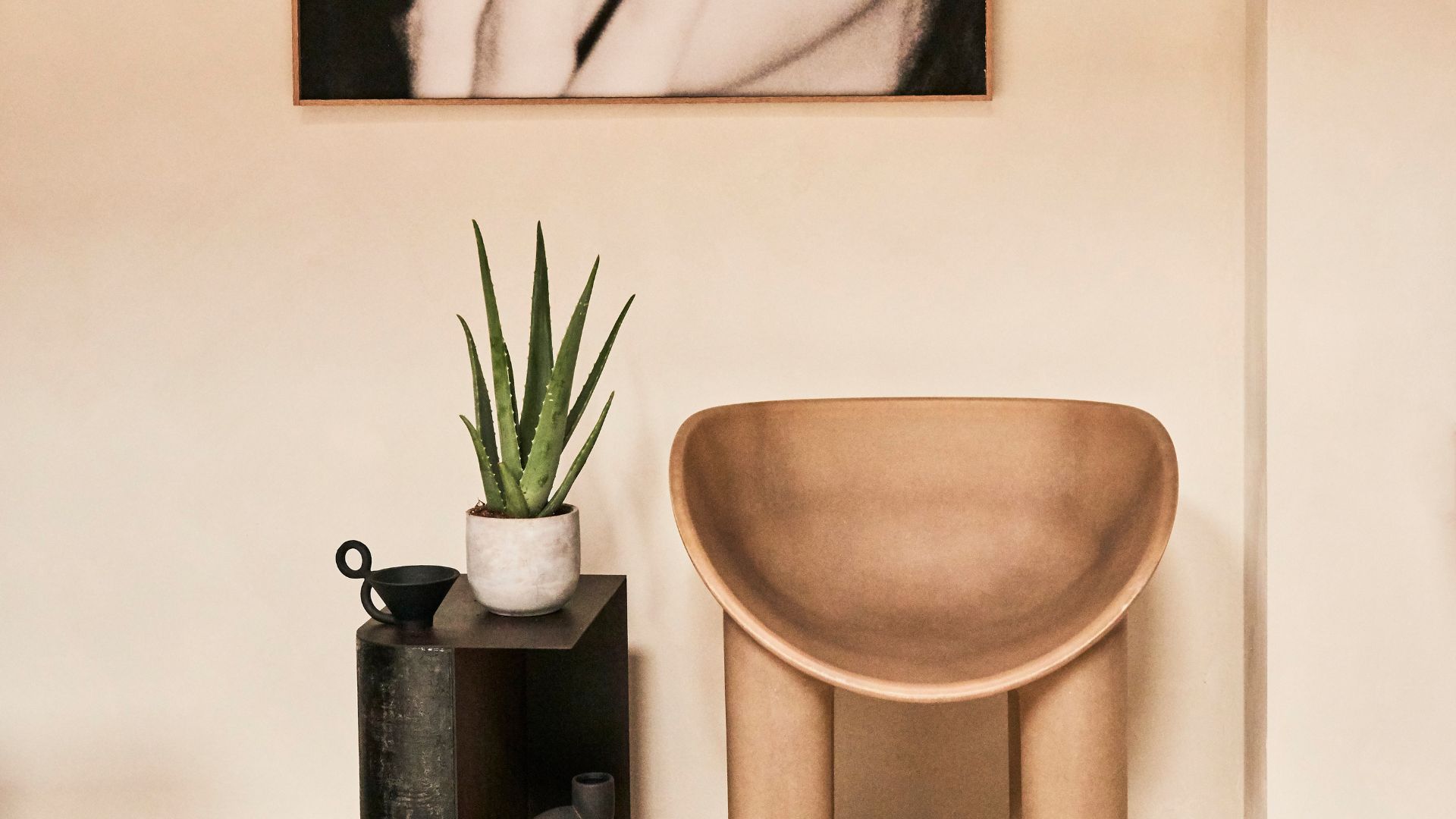 5 Overrated Houseplants That Indoor Garden Experts Actually Don't Like — And What They Say You Should Grow Instead
5 Overrated Houseplants That Indoor Garden Experts Actually Don't Like — And What They Say You Should Grow InsteadLet's take a moment to de-influence you from these over-hyped houseplants that aren't actually worth the trouble
By Amiya Baratan Published
